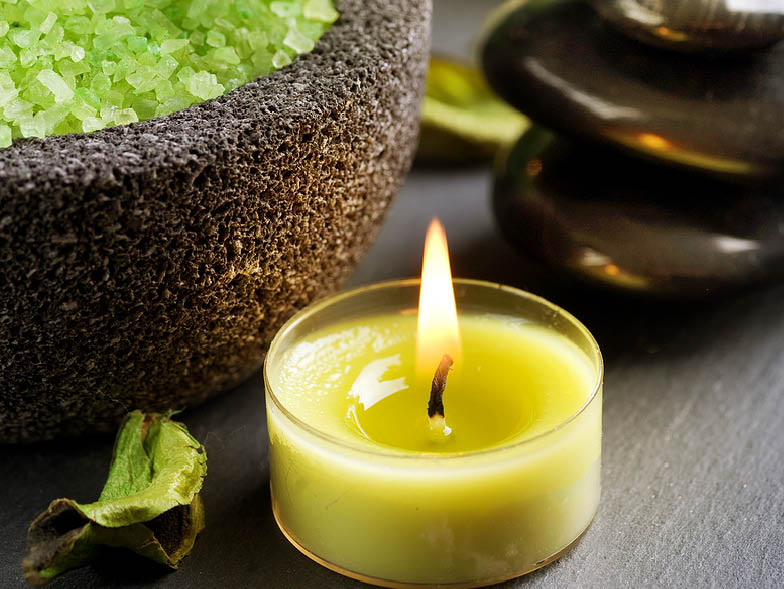Start the Year Fresh with Feng Shui
Most people have heard of the ancient Chinese concept of Feng Shui, but not many people know the ins and outs of the very detailed process.
It can be intimidating for someone unfamiliar, but once you’ve mastered the basics you can learn how to make Feng Shui work for you.
You can incorporate as little or as much of the theory as you want in your space, based on what you’re hoping to achieve—be it more light, better energy, or more open space!

Basic principles
There are three basic principles of Feng Shui that are important to master for beginners—ch’i, polarity, and bagua.

Ch’i
The idea that negative and positive energy are movable throughout a space is one of the most important principles of Feng Shui. Furniture, color, and other elements are key in pushing this energy along.

Polarity
There are five elements at play in Feng Shui practice—water, wood, metal, earth, and fire—each has its own important role and meaning, and must be in balance to achieve good Feng Shui.

Bagua
Cardinal directions are the last important piece of the Feng Shui puzzle, and are each assigned a particular area of life.
- North: career (water)
- North-west: helpful people (metal)
- North-east: spiritual growth (earth)
- West: creativity (metal)
- South-west: love & marriage (earth)
- South: fame (fire)
- South-east: money (wood)
- East: health (wood)

Put into practice
The bedroom, bathroom, and kitchen are among the most important rooms in your home to practice Feng Shui, according to tradition. In addition to utilizing the basic principles of polarity and bagua, ch’i can best be achieved through decluttering your home and bringing in plenty of natural light.
It’s also important to keep in mind that the various elements interact with one another. For example, wood supports fire, as fire supports earth, and water supports wood. In the same way, the elements may interact negatively with one another: earth weakens water, which puts down fire, and fire melts metal.































